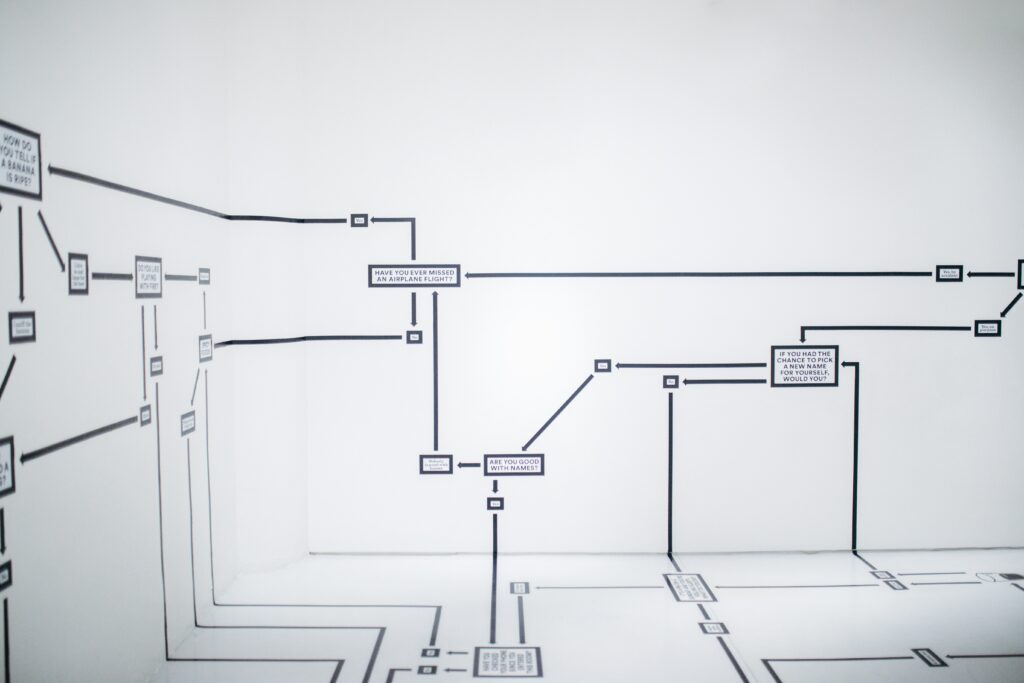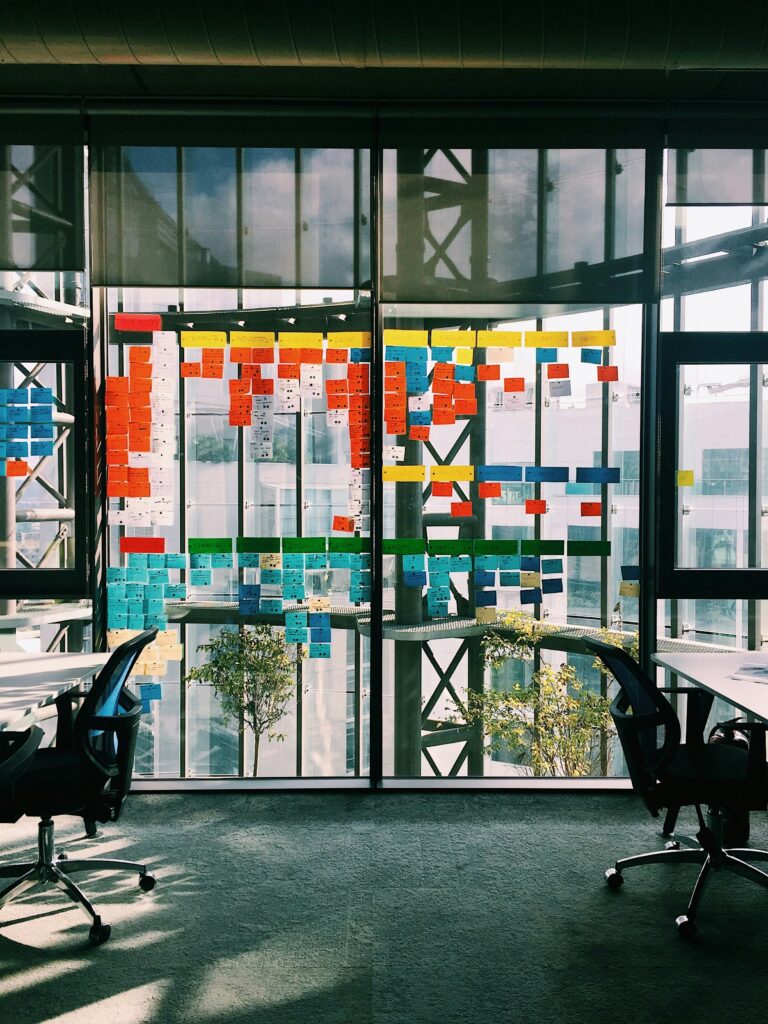In the realm of software development, two methodologies have dominated the landscape: Agile and Waterfall. Each offers a distinct approach to project management, catering to different project needs and environments. This post will delve into the essence of Agile methodology, its benefits in software development, and how it contrasts with the traditional Waterfall approach.
Agile Methodology Explained
Agile methodology is an iterative, team-based approach to software development that emphasizes flexibility, customer feedback, and rapid iterations. Unlike traditional models, Agile divides the project into small, manageable units called sprints, allowing for frequent reassessment and adaptation of plans. This methodology fosters a collaborative environment where cross-functional teams work closely with stakeholders to continuously refine and deliver high-quality software.

Benefits of Agile in Software Development
- Flexibility and Adaptability: Agile’s iterative nature allows for changes in project scope and direction based on customer feedback and evolving requirements.
- Enhanced Collaboration: Teams, stakeholders, and customers communicate regularly and openly, leading to better understanding and alignment on project goals.
- Faster Time to Market: By focusing on the delivery of small, functional segments of the project, Agile enables quicker releases and faster response to market demands.
- Increased Quality: Continuous testing, feedback, and adjustments throughout the development process result in a higher quality end product.
- Risk Management: Regular reviews and iterations help identify and address issues early, reducing the risk of major project setbacks.

Waterfall Methodology: A Contrast
The Waterfall methodology is a linear and sequential approach to software development. Projects progress through a series of distinct phases such as requirements, design, implementation, testing, and maintenance, with each phase completed before moving on to the next. This method is characterized by its structured framework and emphasis on detailed planning and documentation.
Agile vs. Waterfall
- Flexibility: Agile offers more flexibility to adapt to changes, whereas Waterfall is more rigid and change-resistant.
- Project Visibility: Agile provides continuous insight into project progress and potential issues, while Waterfall’s visibility is limited to the end of each phase.
- Risk Management: Agile allows for early detection and mitigation of risks, whereas risks in Waterfall may not become apparent until the testing phase.
- Customer Engagement: Agile encourages ongoing customer involvement, leading to products that better meet customer needs. Waterfall involves customers primarily at the beginning and end of the project.
Conclusion
Agile methodology has revolutionized software development by prioritizing flexibility, collaboration, and customer satisfaction. It offers distinct advantages over the Waterfall methodology, especially in projects where requirements are expected to change or the final product needs to be brought to market quickly. By embracing Agile, development teams can navigate the complexities of modern software projects more effectively, delivering high-quality products that meet and exceed customer expectations.
